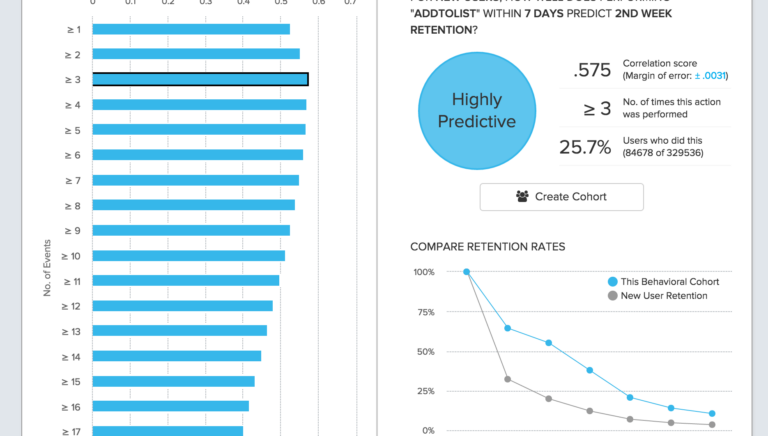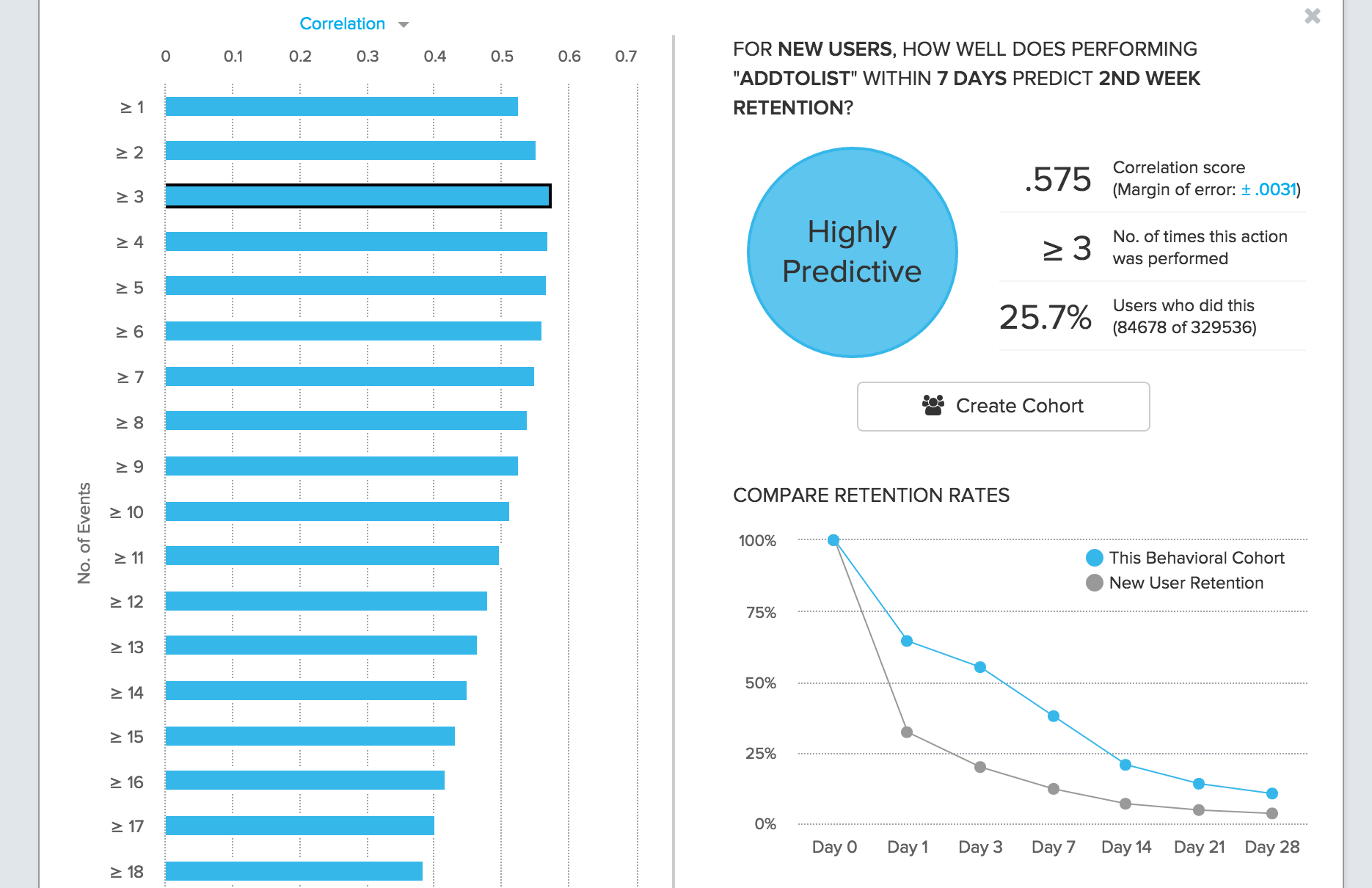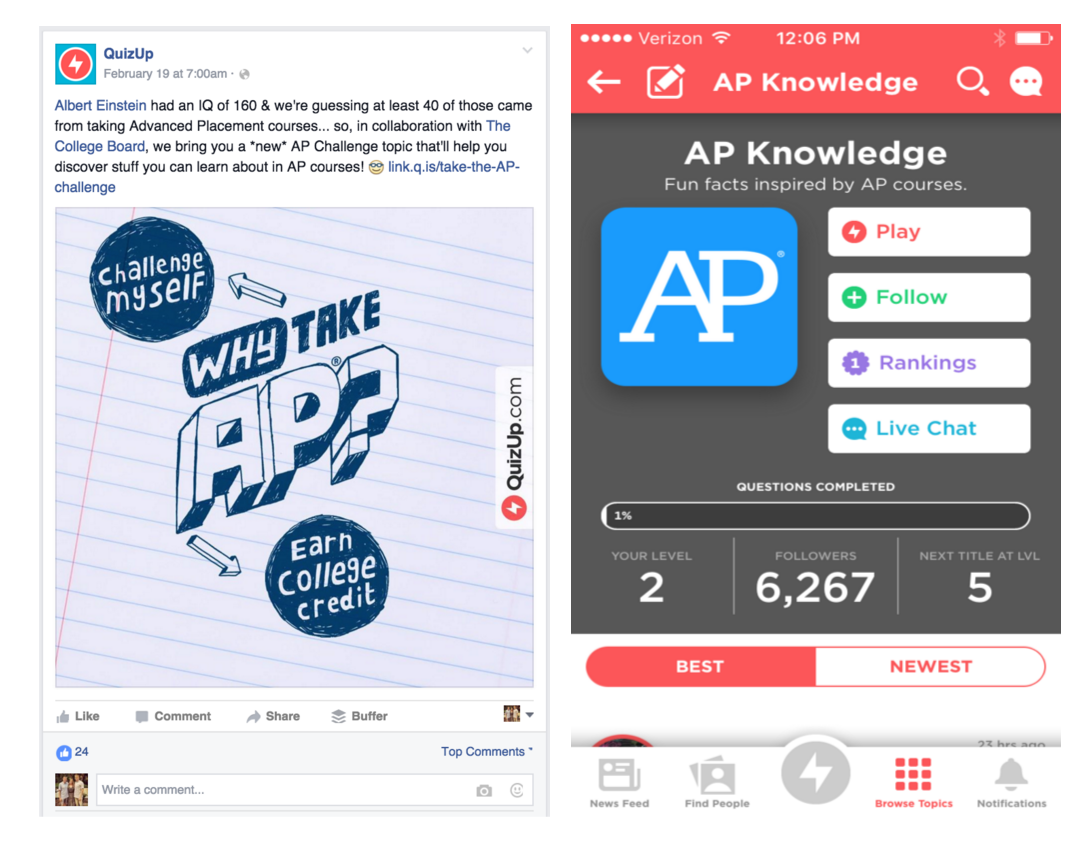Spenser is the CEO and co-founder of Amplitude. While developing his first mobile product, a voice-to-text app for Android, he experienced firsthand the need for a better mobile analytics solution. Spenser created Amplitude Analytics so that app developers can harness their user data to grow their businesses.
Last week we published a great guest post from Branch Metrics on a topic they happen to know a thing or two about: the role of deep linking in mobile growth. When most people think about growth, they probably envision a hockey-stick curve — a slow and steady increase in the number of downloads or users (pretty much anything can go on the y-axis) until you hit an inflection point and that rate sharply increases. That’s what investors want to see, in any case.
Acquiring users as fast as you can often means pouring serious money into ads, incentivized downloads, and other viral marketing strategies. Deferred deep linking, on the other hand, is a powerful way to fuel user acquisition with no cost. Deep linking goes far toward addressing the challenge of mobile connectivity and re-engagement between apps. With deferred deep links, mobile users tapping on a personalized ad are immediately taken to that specific location in the relevant mobile app if it is already installed on their device. If the app is not already installed on the device, the users are taken to the relevant context after first being taken to app store and prompting a download. It’s easy to see how deep linking can be powerful in acquiring users.
But in this day and age, with shrinking attention spans and increased distractions, there are more and more cracks through which a new user can slip away. All it takes is a flawed onboarding process, spammy, ineffective email campaigns, a feature nobody cares about and your users (not to mention your time and money) are gone.
Sustainable growth is about acquiring users and retaining them.
Improving User Retention
Mobile users can easily download an app for instant gratification and then forget about it in the span of days, if not hours. So how do you maximize ROI on your deep linking and other user acquisition strategies? Figure out how to hold onto those new users.
Deep linking strategies ease the pain of engagement between apps and has also been shown to be correlated with increased user retention itself. Users coming to apps through deferred deep links are far better retained than users who come through other channels. If you couple this with behavioral analytics, you can develop a deep understanding of why users are retaining and craft even stronger user retention strategies.
With a simple retention chart or curve, you can easily see exactly when users are dropping off. To truly understand why some users stick around and others to churn, you need to understand user behavior.
When I talked to Jon Edvald, Head of Data Science at the wildly popular mobile trivia app QuizUp, Jon revealed they had a hypothesis about why users kept coming back to QuizUp. They wondered if the app’s social features had something to do with their users being retained.
To test their hypothesis, the QuizUp team used Compass, Amplitude’s new predictive tool which launched publicly today. Compass combed through their user behavior data and reported which user behaviors were most well-correlated with weekly and monthly retention. And, in fact, the team discovered that new users who used QuizUp’s social features within the first 7 days after downloading the game had 60% higher retention than other users. Compass significantly cut down the time and effort Jon’s team might have had to spend manually analyzing their raw data to reach the same insights.
This example of Amplitude’s Compass depicts how well new users performing the action AddToList within 7 days predicts 2-week retention.
Maximizing ROI
One way QuizUp currently uses Branch is to run social campaigns that deep link segments of users to relevant quiz categories. For example, QuizUp teamed with College Board to promote quizzes inspired by AP courses on Facebook. Users that click on the link and already have the app are deep linked directly to that new category to the app. Users without the app are deep linked to that category after installing the app from the app store. For this campaign, QuizUp has seen a click-to-install rate of greater than 12%, driving thousands of users directly to content that is highly engaging to them. It will be exciting to see how QuizUp acts on their Compass insights. There may be a specific segments — users in specific age ranges or of certain demographics — who use social features more than others, who can then be targeted with deep links. This would not only be a great form of re-engagement for existing users, it can also be a way of attracting new users. Increased user retention and user acquisition would go hand-in-hand in helping to maximize return on the time and money spent on strategies like this.
Using behavioral analytics to gain insights like that of QuizUp’s puts into place a positive feedback loop. Actionable analytical insights orient businesses toward product and marketing decisions that increase user retention. Capitalizing on user retention pays back businesses for the time and money spent on acquiring those users through strategies like deep linking. That’s what profitability and sustainable growth looks like.
























